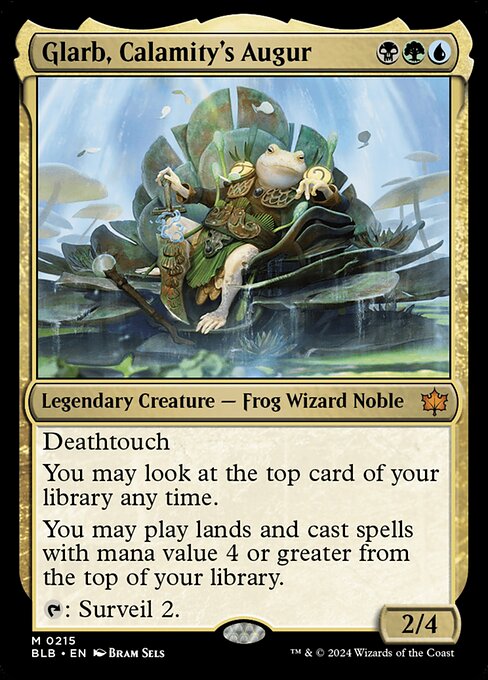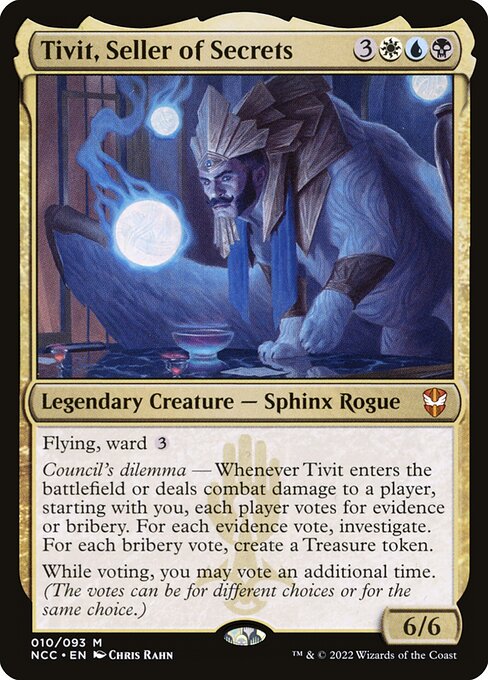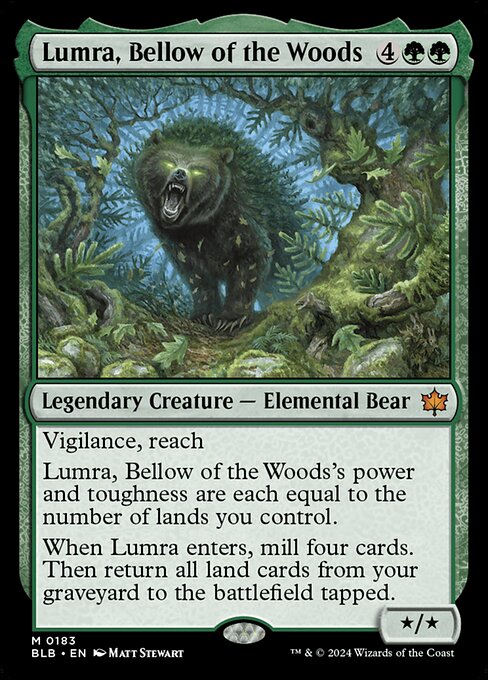Deck & Commander Strategies

Glarb, Calamity's Augur
A midrange deck focusing on fast deployment of Glarb to generate surveil triggers and card advantage, aiming to assemble a Doomsday or Thassa’s-based win through top-deck manipulation.

Tivit, Seller of Secrets
A control-oriented deck that draws heavily and uses Tivit’s ability as an engine to eventually execute infinite turns with Time Sieve.
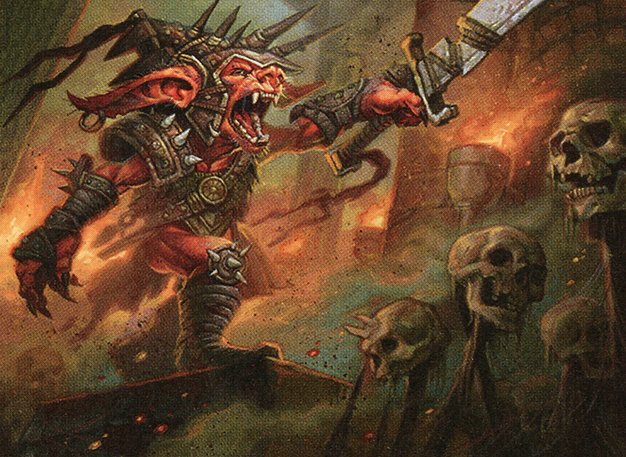
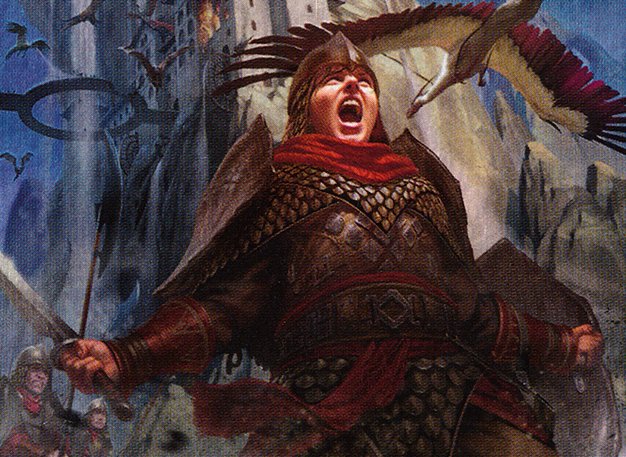
Rograkh, Son of Rohgahh / Reyhan, Last of the Abzan
A turbo combo deck designed to generate massive early mana and assemble infinite combos involving equipment and creatures, often winning as early as turn two or three.

Lumra, Bellow of the Woods
A mono-green ramp and recursion deck that accelerates mana by putting lands into the graveyard and returning them, aiming to overwhelm opponents with land-based damage and incremental advantages.
Gameplay Insights
- 1
Early disruption of Rograkh’s explosive mana generation by destroying key artifacts like Grim Monolith slowed down his combo attempts.
- 2
Players negotiated around feeding the fish (card draw engine), balancing between enabling Tivit’s draw and limiting advantage to prevent runaway combos.
- 3
Use of Curse Totem and Orcish Bowmaster created steady incidental damage that pressured players to act quickly.
- 4
Tivit’s control and card draw engine allowed it to maintain board presence and threaten infinite turns, forcing opponents to prioritize disruption.
- 5
Glarb’s surveil-driven card advantage forced opponents to be cautious about allowing him too much time to set up Doomsday.
- 6
Land recursion and mana acceleration by Lumra created a steady resource advantage that could turn the tide if unchecked.
- 7
Players showed restraint in feeding card draw engines early to prevent an immediate blowout, highlighting the importance of pacing in cEDH.
Notable Cards
-
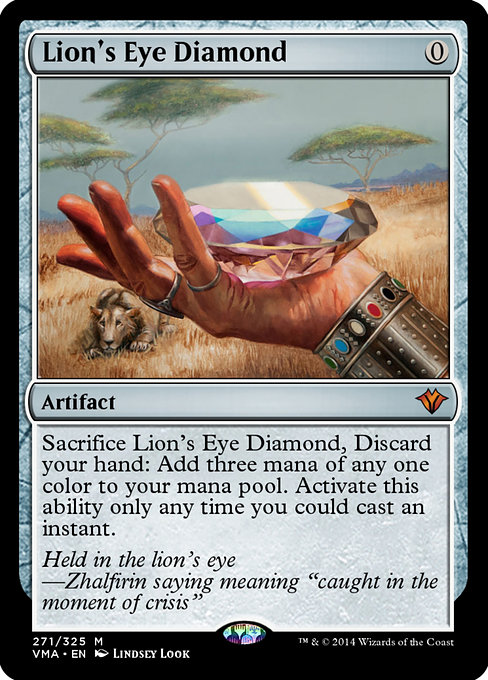
Lion's Eye Diamond
-
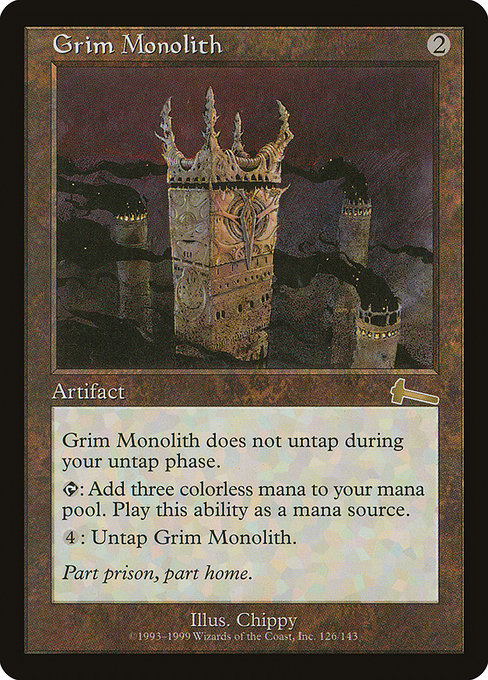
Grim Monolith
-

Time Sieve
-
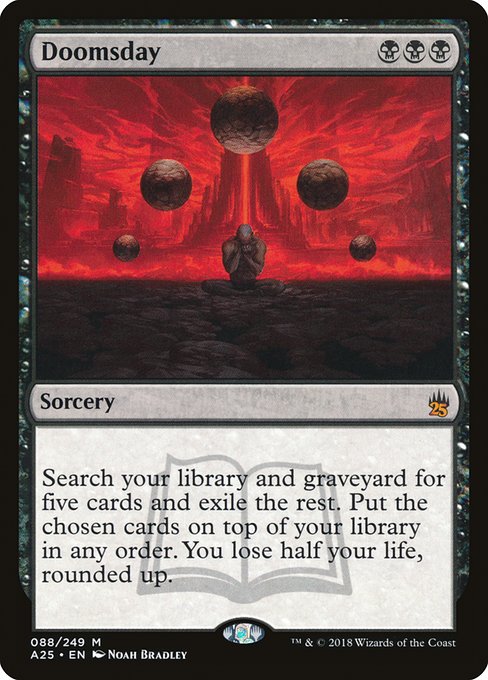
Doomsday
-

Thassa's Oracle
-
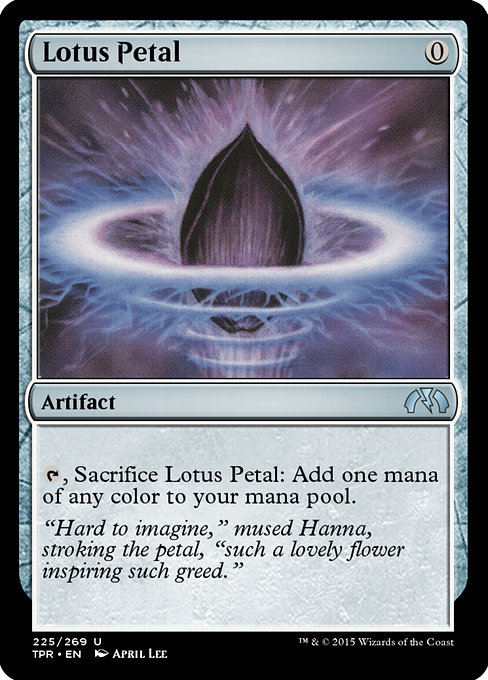
Lotus Petal
-
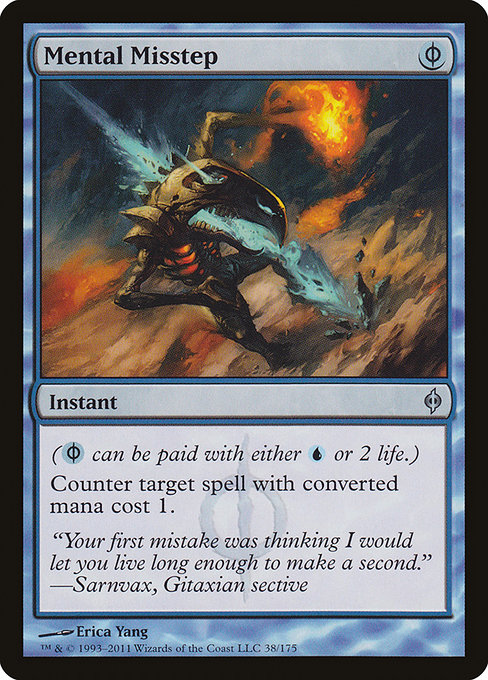
Mental Misstep
-
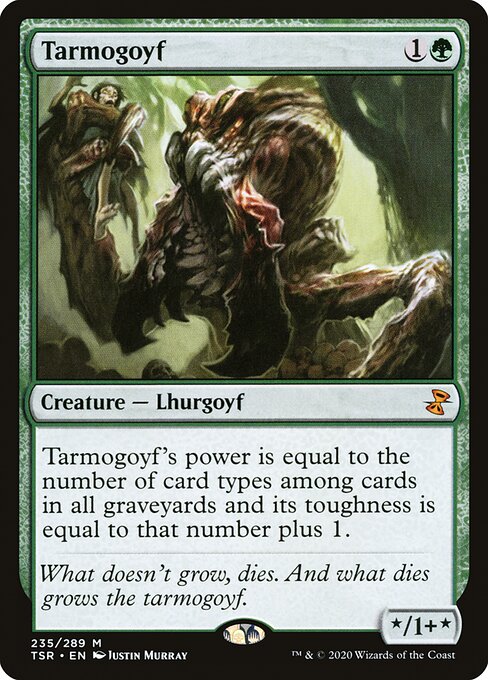
Tarmogoyf
Gameplay Summary
The game started with players quickly establishing their board presence, with Rograkh/Reyhan setting up for a fast combo while Glarb aimed to assemble a Doomsday or Thassa's win condition through surveil and card advantage.
Tivit focused on controlling the board and drawing cards with the ultimate goal of infinite turns via Time Sieve.
Lumra ramped aggressively with land recursion and mana acceleration to overwhelm opponents.
Early interactions involved players carefully managing resources and threats, with notable disruption around Rograkh’s aggressive starts and Glarb’s card draw engine.
The presence of Orcish Bowmasters and Curse Totems created incremental damage and pressure, leading to tense board states where each player sought to outpace the others' combos.
The game’s momentum shifted when Rograkh’s key artifact was destroyed, slowing his explosive starts, while Tivit and Glarb quietly built their engines. As the game progressed, Tivit leveraged card draw to maintain control and threaten infinite turns, but Lumra's recursion and land-based pings kept the table on edge.
Glarb’s midrange strategy and Doomsday setup pressured others to disrupt him early, while Reyhan’s potential for infinite equipment combos remained a looming threat.
Despite interruptions and targeted removals, players jockeyed for advantage through efficient mana use and incremental damage, with the match devolving into a high-stakes contest of timing and resource management.
The game’s key turning points involved removal of pivotal combo pieces and the careful feeding of card draw engines, ultimately leading to a tense stalemate with each player poised to capitalize on a slip from others.


